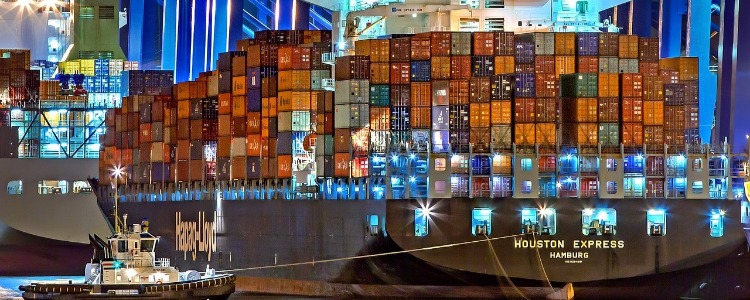
An SOP is more than just another tedious document required to move your freight; it ensures that operations between the importer, forwarder, and other parties involved in your shipments run as smoothly as possible.
Most logistics coordinators already have some form of standard operating procedures for their daily operations. Often, the procedures aren’t written down; it’s just the way you have always handled things. That approach can work for internal logistics. However, when working with a freight forwarder, it’s crucial to create a written SOP, update it on a regular basis, and refer to it when questions arise.
It's a Two-Way Document
The freight forwarding SOP forces you to discuss shipping details and procedures and make sure each party knows what’s expected of them.
Though rates may be listed in the document, it is not the same thing as a quote or contract. Because the information in the SOP is often repetitive—similar to information that you would find on invoices or quotes—some companies avoid creating this document. Not having a solid SOP is a mistake. It’s important because it collates everything agreed upon by both parties in one concise document. If there’s a delay or change along the shipping route, either party can refer to the SOP for guidance.
Both the importer and the forwarder can amend the SOP at any time and should update the document whenever an operational change occurs. For example, if either party has staff turnover, they should update the document to reflect the new person’s name and phone number. An agile, up-to-date document saves time, eliminates confusion, and can end up saving money for both sides.
Detailed, Yet Simple
The SOP lets you communicate your overall expectations for the forwarding company and how you would like them to handle different situations. It should also cover the various services that the freight forwarding company will fulfill.
One of the most important aspects to planning your SOP is including the right amount of detail without bogging it down with superfluous text or making it too complex. If you have multiple products or multiple destinations, work with your freight forwarder to create lane-specific SOPs. The document really shouldn’t be longer than two pages. If there’s too much information, it loses its effectiveness as a quick reference guide. For example, if you have ten lanes, the information for each supplier, details about the cargo, destination, and points of contact would become too dense for one document. Breaking it down into a series of short SOPs keeps things simple.

A comprehensive SOP includes:
- Email addresses for pre-alerts and shipment status.
- Chain of contact.
- Invoicing information.
- Information about your product or commodity.
- Special details: are shipments usually oversized, and do the goods contain hazardous material
- Delivery schedules.
- Brokerage information.
- Escalation approval and procedure.
- Communication expectations, such as reporting requirements and relationship reviews.
A chain of contacts for specific situations can save a lot of time and eliminate confusion. It’s something people tend to overlook, but consider this: if Bob in billing is sick, who should be contacted? If a shipment is overweight by 50 pounds, do you want to be notified? What if it’s overweight by 1,000 pounds? Making basic information like this available in the SOP saves everyone time.
Including information about your commodity allows anyone involved in the process to have a better overall scope of the shipment and anything extra that might be needed. Do any Partner Government Agencies, such as the FDA, EPA, or FCC affect your shipping? Details about your shipments help the forwarder put the correct plan in place for your goods. For example, if someone is out on vacation and a new person is reading the SOP, they’ll know if they need a special carrier for oversized goods or any additional steps needed for hazardous materials transport without having to call you to ask. If there’s no SOP, something as basic as a change in personnel could cause delays or increase shipping costs.
Creating Your SOP
No two SOPs will be exactly alike. If your freight forwarder also acts as your Customs broker, additional information will be needed. If you’ll use the same forwarder for multiple shipments, an organized freight forwarding company will set up an SOP draft and indicate the areas where they need confirmation of information or additional details. However, you should do your own planning as well. Draft your expectation for all activities the forwarding company will handle, and send the forwarder the basic information listed in the last section. The forwarder will incorporate the info into a comprehensive document. Once you have the first draft, you can edit it and add any necessary details or procedures you might have overlooked.
Creating a written SOP with your freight forwarding company builds contingency plans into your profit margin. Keep it simple and draft separate SOPs for your different products and lanes if they require separate processes or the handling expectations differ for each. The SOP(s) will help you keep escalation in check, avoid delays, and improve communication. You’ll also get a clearer idea of what to expect from your forwarding company on each leg of your shipment’s journey.



